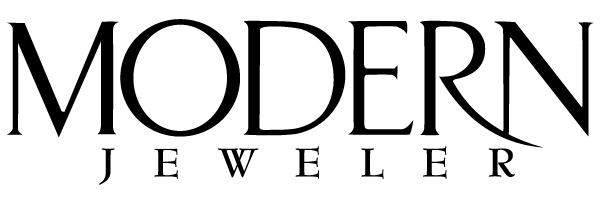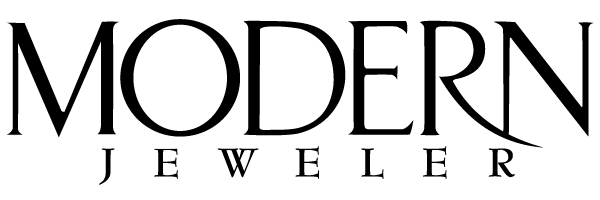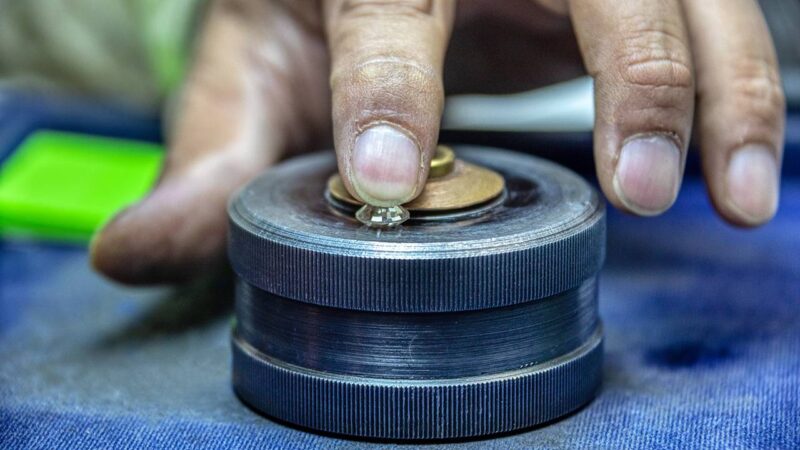Surat, India’s diamond processing hub, is experiencing a significant shift as global demand for natural diamonds slows.
Renowned for processing approximately 90% of the world’s rough diamonds, the city is adapting to changing market conditions by expanding into jewelry manufacturing. This diversification reflects efforts to counteract declining diamond export figures while leveraging growing domestic and international jewelry demand.
Jewelry Manufacturing Gaining Traction
According to India’s Gem and Jewelry Export Promotion Council (GJEPC), a number of Surat’s diamond cutting and polishing units are now engaging in jewelry manufacturing.
Vipul Shah, chairman of GJEPC, noted: “The units have gradually started doing job work in jewelry manufacturing. Jewelry demand is increasing both in India and abroad, therefore, they are trying to leverage this opportunity. In this way, the units in Surat are trying to engage workers.”
Between April and November 2024, exports of plain gold jewelry grew by 2.48%, while studded jewelry exports saw a 14.4% increase. In contrast, exports of cut and polished diamonds dropped by 19% during the same period. Around 10% of Surat’s diamond processing units have now pivoted to jewelry production, with studded jewelry being a significant area of focus.
Skill Development to Support Transition
To facilitate this diversification, the GJEPC launched a jewelry-making course roughly six months ago. This initiative aims to equip industry workers with the skills needed to meet the growing demand for jewelry manufacturing while retaining a skilled workforce in the sector.
In addition to addressing the immediate needs of jewelry production, the GJEPC continues to advocate for the natural diamond industry. It has engaged with the government to discuss financial measures that could stimulate global demand for natural diamonds.
Global Trends and Implications for Jewellers
The declining demand for cut and polished diamonds is largely attributed to global economic uncertainties, which have dampened consumer spending on luxury goods. However, the jewelry market, particularly for finished products, continues to show resilience, driven by steady demand in both domestic and international markets.
For jewellers, Surat’s diversification may present new opportunities. The increased focus on jewelry manufacturing is expected to enhance the supply of jewelry aligned with current consumer preferences. This transition also creates possibilities for sourcing products from Surat’s emerging jewelry manufacturing sector.
Future Outlook
Surat’s strategic pivot underscores its adaptability in the face of market challenges. By complementing its traditional diamond processing expertise with jewelry manufacturing, the city is positioning itself to remain a vital contributor to the global jewelry industry. For professional jewellers, this evolution offers an opportunity to engage with a more integrated and diversified supply chain.






